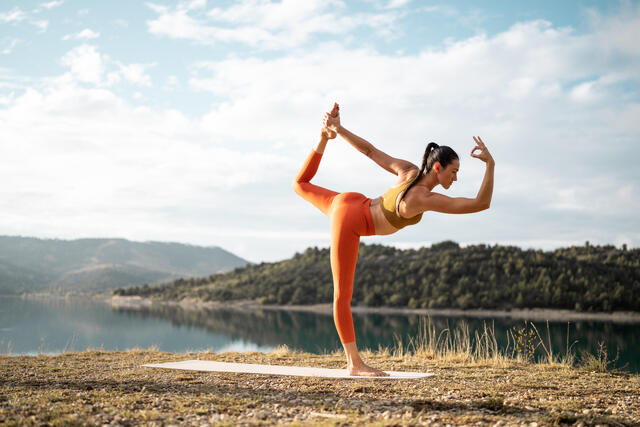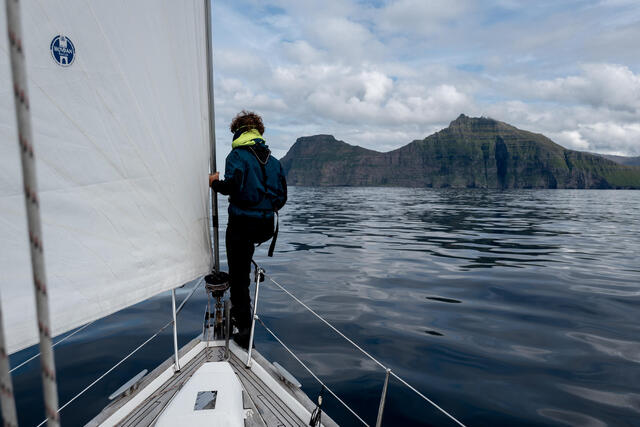Capacity
While packing a complete kit for more minor routes can help you nail your hiking preparation, burn some extra calories, and be safe in the worst of scenarios, it's not always essential for shorter and well-pathed routes.
Hiking Backpacks for the Day Tripper
When heading to a well-known, short-distance walk that is well-signed and well pathed, you aren't going to need to pack a Bear Grylls-style survival kit. That means a smaller pack will provide you with the space to enjoy your hike, knowing you've got the bare necessities to keep you comfortable, safe and quicker on your feet. For day hikes, 10-30 litre backpacks will be sufficient.
Hiking Backpacks for the Weekend Warrior
If you're off for a weekend away, you'll either need a series of stop-offs at quaint B&Bs and countryside pubs or camping sites to pitch up, sleep and possibly try your hand at some campsite cuisine, particularly if you are planning on spending a couple of night's in nature, you're going to need cooking equipment, gas and last, but not least, food.
Whether you plan a more glamorous weekend, stay in B&Bs and hotels or head into the wild, albeit under the shelter of a tent, you will need to expand your carry pack. Every added route time adds the necessity for more gear. When your trip extends one day, you will need to expand to a 30/40 litre backpack. A 50/55 litre pack will be more suitable if you're also carrying camping equipment. The bigger capacity will provide space for a tent, cooking equipment, more layers, food, and water.
Hiking Backpacks for the Long Haul
Once you head into longer and more challenging hikes, you will need to be prepared for the hike and unexpected extensions. This means you'll need extra gear and camping equipment, especially lots of food and water on top of your essentials. You may also need to include climbing equipment if you're tackling more mountainous routes.
When the hike gets longer, so should your planning. Consider how many days you will be hiking, where you can stop to refill water or replenish your provisions and how long you might need to be self-sufficient in an emergency. You may need up to a 70 or even 80-litre backpack at the higher end of long-haul hikes. This is where more advanced backpack features come in.



















